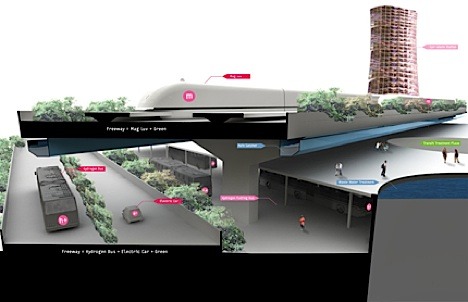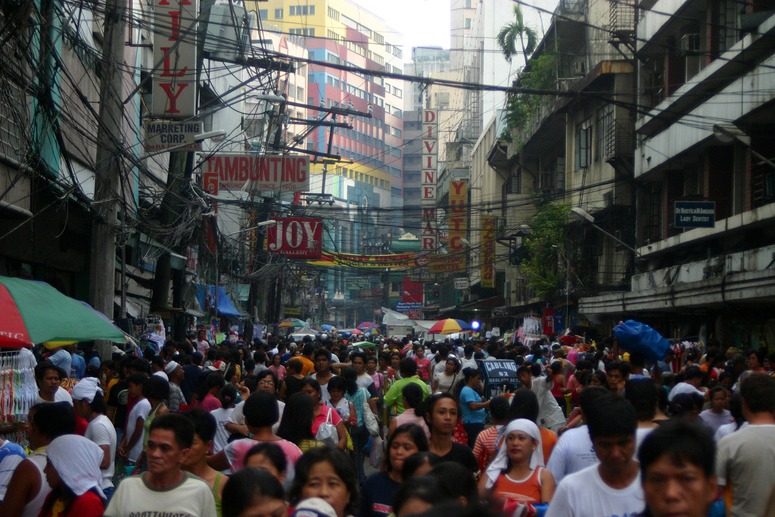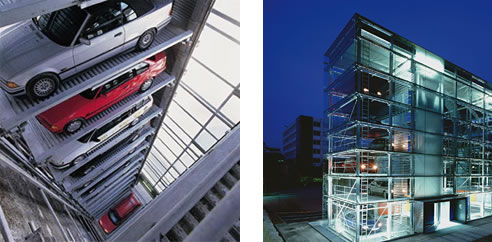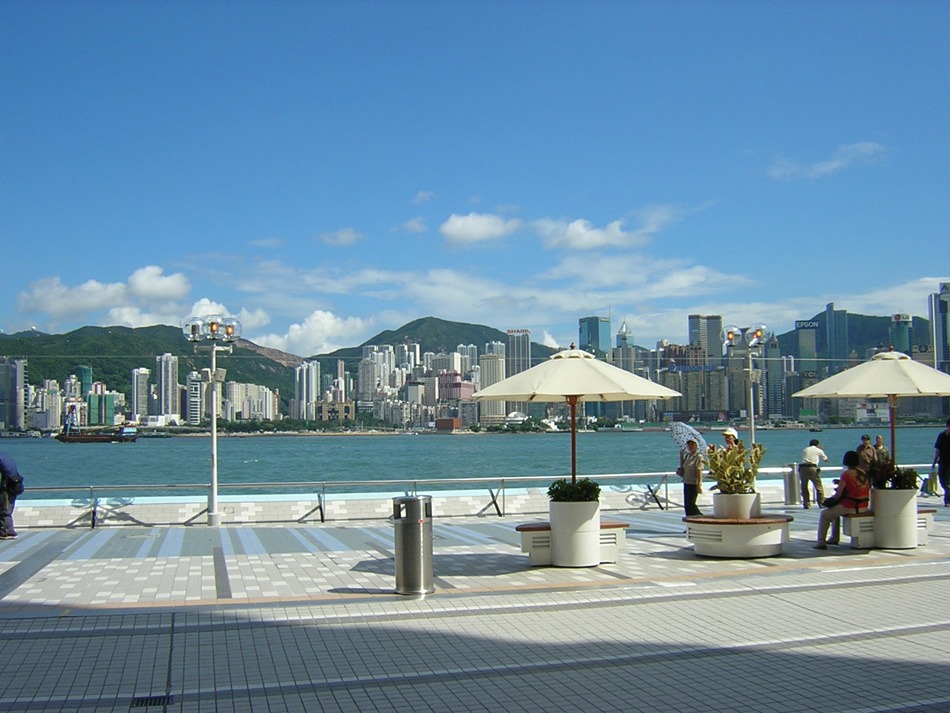Design schools are starting to tackle questions of urban scale city design in their masters programs. The key to future transit systems is to make that form of travel the best it can possibly be. Ask, what would make people choose this form of transport over other alternatives if they had many equally accessible and affordable options? Why might they want to travel this way? What would be unique, good or special about the experience?
Category Archives: urban densification
Densification of urban landscapes
Jonathan Solomon tells a CNN inverviewer that ‘Dense cities use less energy per person than more dispersed suburban equivalents. When you consider a city in relation to its larger region, the ecological footprint per person in a city may be significantly smaller than rural inhabitation’. Similarly, public transport systems use less land than private cars. So it is likely that if we must make our cities more sustainable then we must adopt densification policies. The main possibilities include: make more use of airspace (eg by building higher); make more use of underground space (eg for transport and parking); make more use of waterspace (eg with houseboats, tunnels etc); make better use of roofspace (eg for parks and gardens); make better use of ‘space between buildings’ (eg with new structures, cantilevers, balconies etc). In comparison with Tokyo, London is a very low density capital, and profligate with its use of transport space. The urban density in London (5,000/km2) is one eigth of the density of Manila.
OK, but all these measures require ingenuity and design imagination. They require studies from urban designers and landscape architects to discover how densification can take place in conjunction with improvements to the quality of life in cities. And we should remember the sceptics, like Jan Gehl, who argue that low density cities are more sustainable. My instinct is that there is no ‘one right answer’: cities need high density nodes with lower density peripheries.
Above image courtesy Jake Hirsch-Allen
Will we live to see the End of Suburbia?
The beginning or the end of the car?
Is peak oil, sustainability and climate change the beginning or the end of the car as we know it? With the advent of modernism carparks became first part of a highrise building to be constructed and were considered as part of the foundation system. There are a number of concerns with parking in urban areas. Will pollution and noise issues be meet by electric cars? Will innovative greened multistacking carparking arrangements be proposed for multi-density dwellings? How will congestion be addressed?
How will car supply and demand issues be thought about? Should urban residences be carfree with the possibility of outer-urban garaging accessible beyond the urban core area? Should urban work and commuting also be limited to the periphery of the inner-core? If so, who should be able to access this inner centre by car? Why?
Will eco-traffic engineers be engaged to design flow throughs and do capacity modelling for all new development sites so that designers can innovate and demonstrate best practice? Who will dream of the transit and traffic organisational schemas of our new cities?
More questions than answers!
Cities in their landscape setting
The landscape setting of cities is a vital component of their character which can often be overlooked. This is particularly so for designers when they are considering contributions to the design of the skyline. Hong Kong with its harbour and mountainous surrounds benefits from the scenic amenity of its setting. And because of the physical and visual strength of these geographic characteristics the setting is able to support a dense tall city.
The relationship between building and landscape is worthy of considerable design attention. The name Hong Kong literally means ‘fragrant harbour’. Victoria harbour is one of the deepest natural maritime ports in the world. Reclamation projects dating from the late 1842 (1890, 1930, 1960, 1980 and 1990) have progressively advanced Hong Kong’s shoreline.
In Hong Kong they recognise some of the benefits of landscape saying that the landscape is an asset which contributes to well-being, helps define the identity of the city, provides habitats for wildlife and is part of their culture and heritage.




